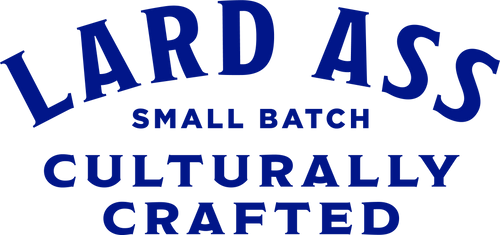Amazing butter, so much flavour in every table spoon. Was great for a quick toast as a snack and for a tasty roast chook
I love this butter, I use this butter for everything from on my toast to all my cooking. I buy directly from Lard Ass and say that their staff very helpful and reply to my issues within hours. Thank you Lard Ass.
I really love these products from lardass. My cakes are again delicious as using the real stuff and not some mixtures from supermarkets
Thank you :)
Thank you, BM. So glad to hear your cakes are delicious! We can imagine they would be with our butter : )
This takes ne back 50 years to my grandmother kitchen. Congratulations on this product 💯
Thank you so much for sharing this — what a beautiful memory. We love hearing that our butter brings a taste of the past to your table. Your grandmother would no doubt approve!
The flavours are so gorgeous, thank you
We’re so glad you’re enjoying the flavours — thank you for your kind words!
